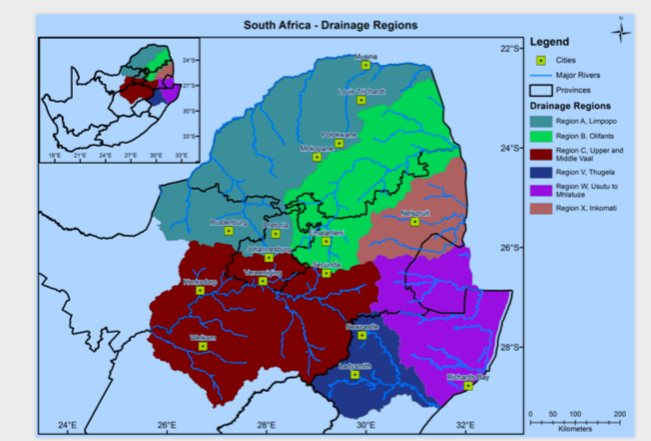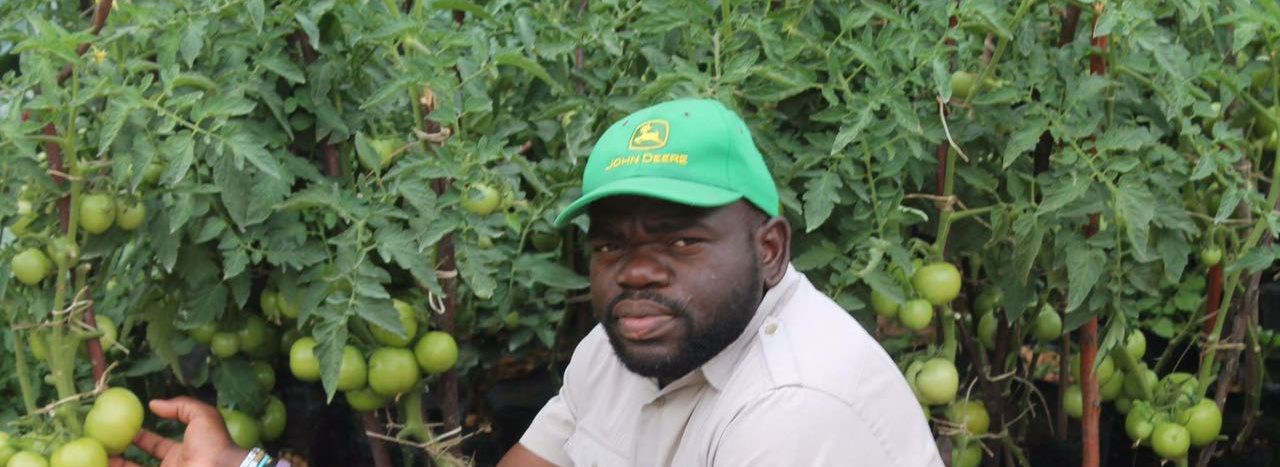International Business Machines Corporation (IBM Research Africa) Initiative : Turning lives around with water ://www.ibm.com/thought-leadership/water/?cm_mmc=PSocial_Facebook-_-Corporate+Advertising_Branded+Content-_-IME_NG-_-1074954136_Tracking+Pixel&cm_mmca1=000038OF&cm_mmca2=10008441&cm_mmca4=1074954136&cm_mmca5=1079157274&cm_mmca6=0a22335b-05d6-48f5-adb6-e311424caa6d
Tower Garden as a Climate Smart Agricultural approach for draught adaptation and resilient communities in areas with severe water .Part 2
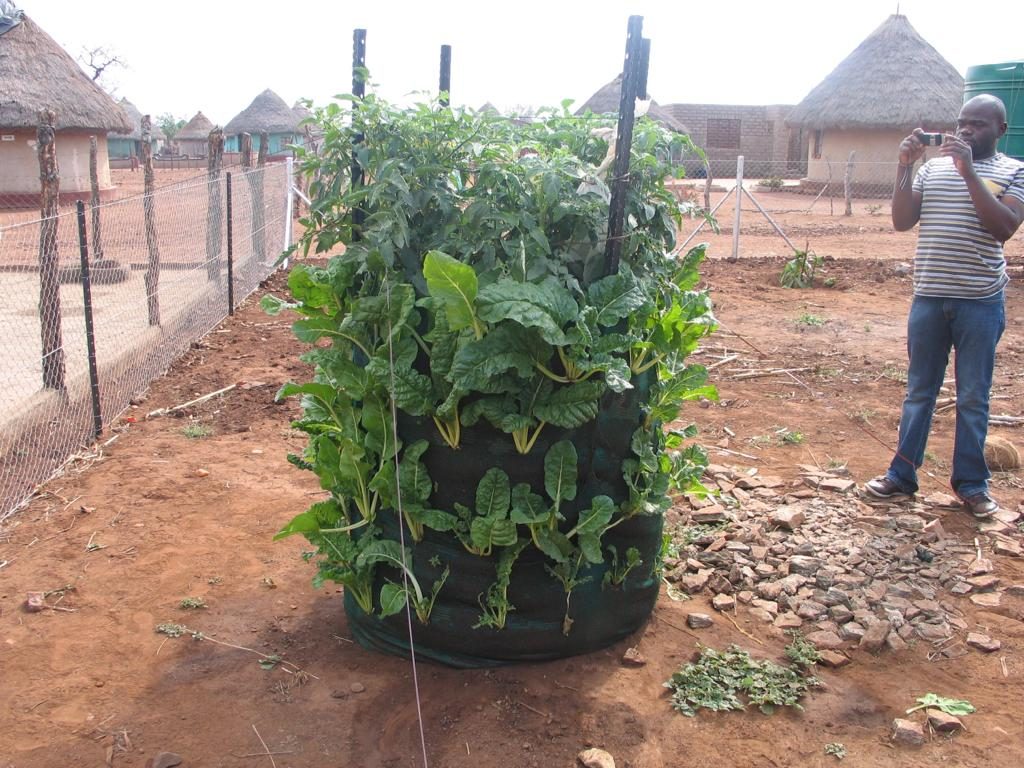
lenardjaeger@bigstring.com's commented on my previous Tower garden part 1 post and asked me to elaborate more on this topic post which I am excited to do so, allow me to first share with you that I enjoyed every moment implementing this life changing project and the highlight of this project besides its success in ensuring food security and nutrition was , the South African President and the Minister of Agriculture by then officially handed the project to beneficiaries and it was covered on national Television news (my DAFF team and I we were on national TV news , SABC2) . This post will give you more details on understating tower gardens , benefits and how to prepare it.
What are tower gardens?
Tower gardens are small upright gardens that can be watered using gray water. These gardens are good for older people, as you do not need to bend down a lot and can be made anywhere close to a home.
What is grey water?
Grey water refers to the water that has already been used for domestic
purposes; such as washing of dishes and clothes. Because of the normal
shortage of water in most of South Africa, it is essential to save water. This water can be re used for gardening purposes.
Grey water
In many cases, water has to be carried from the nearest stand-pipe in plastic containers not for the purpose of gardening, but for cooking and washing. This water can be re-used for growing vegetables successfully. This is a way of saving water, the so-called grey water, and uses it for gardening. Vegetables are grown in a column filled with a soil mix in a bag. They are planted in holes cut in the sides of the bag itself and, each day, the available grey water is poured into the bag.Vegetables can grow successfully with soapy water! You can clear the soapy water out of the system by pouring two buckets of clean water into the column, once a week
This is lazy gardening
One of the main attractions of the method is that little labour or attention is
required and this appeals to all busy gardeners. Once people have become
familiar with the towers, they prefer to position them right at the back door so that it is easy to pour the wastewater into the tower. It is difficult to predict how much water is required, only time can tell. If water forms a puddle around the bottom of the tower, it is an indication that too much water is being applied and the obvious answer is to make a second tower! You can start by applying two 20 liter buckets per day.
Constructing tower garden
The way in which the tower works is simple:
1) The four upright poles can be made from branches or fencing standards.
Where crops such as tomatoes are planted in the top layer of soil, extensions can be wired on to provide trellising. Often we advise farmers to include onions to be used an insects repellent because its strong smell.
2) The selection of the cloth that forms the sides of the tower is critical. Shade netting proved to be far more durable; but it is important to use nylon string or fishing line to join up the ends of the shade netting to form cylinder
Soil Mix
The soil mix is contained by the shade cloth “skin” and surrounds a
central stone packed drain/ column. The soil mix provides fertility and
retains water:
- Mixtures of six parts of soil, four parts of manure and two parts of
wood ash are satisfactory. - The soil should be damp but not too wet, when you are packing
the tower.
The stone column in the middle of the tower controls the flow of water so that the soil in the tower is kept moist.
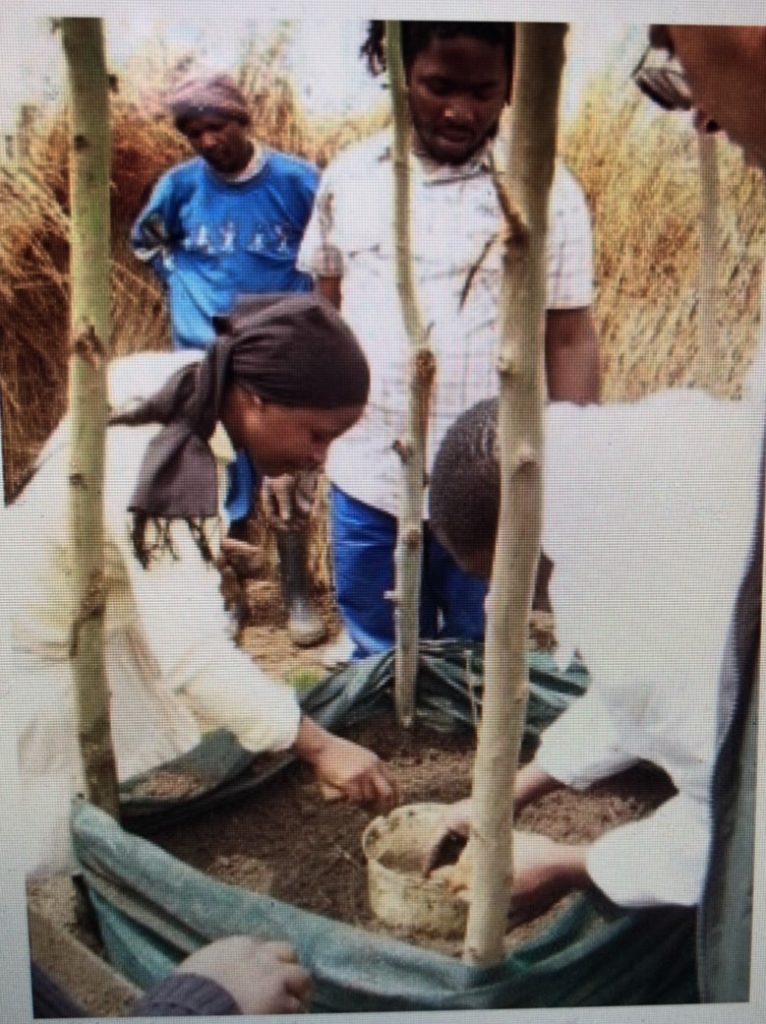
- Carefully pack flat stones, or building rubble in a bottomless 10 liter bucket.
- Use smallish stones, provided the are evenly packed, so that even
water distribution is achieved.
What vegetables can be grown?
1.Leafy Crops :spinach and mustards
The towers are ideal for leafy crops, typically the various varieties of spinach, which are planted through the holes in the side of the shade-net cylinder. Ideally the holes should not be one above the other but should
be staggered diagonally, providing more space for root development.
2. Tomatoes and onions
Tomatoes and Onions can be planted on the top of the tower and, if crops
require trellising, this can be provided by extending the vertical uprights and joining them with wire or string. Where possible companion crops should be grown to facilitate biological control of disease and pests. Garlic and onions are useful in this regard.
Water Efficiency Irrigation Technology
The recent drought in South Africa has placed crop farmers under increasing pressure from government and the public to maximise their water-use efficiencies, while at the same time improving national food security.
The Department of Agriculture in South Africa as part of the irrigation strategy to conserve water have been busy replacing water wasting floods irritation systems with water saving irrigation systems like drip irrigation system for small scale famers, irrigation schemes and agricultural cooperatives.
What is drip irrigation
Drip irrigation is the most efficient water and nutrient delivery system for growing crops. It delivers water and nutrients directly to the plant’s roots zone, in the right amounts, at the right time, so each plant gets exactly what it needs, when it needs it, to grow optimally. Thanks to drip irrigation, farmers can produce higher yields while saving on water as well as fertilizers, energy and even crop protection products
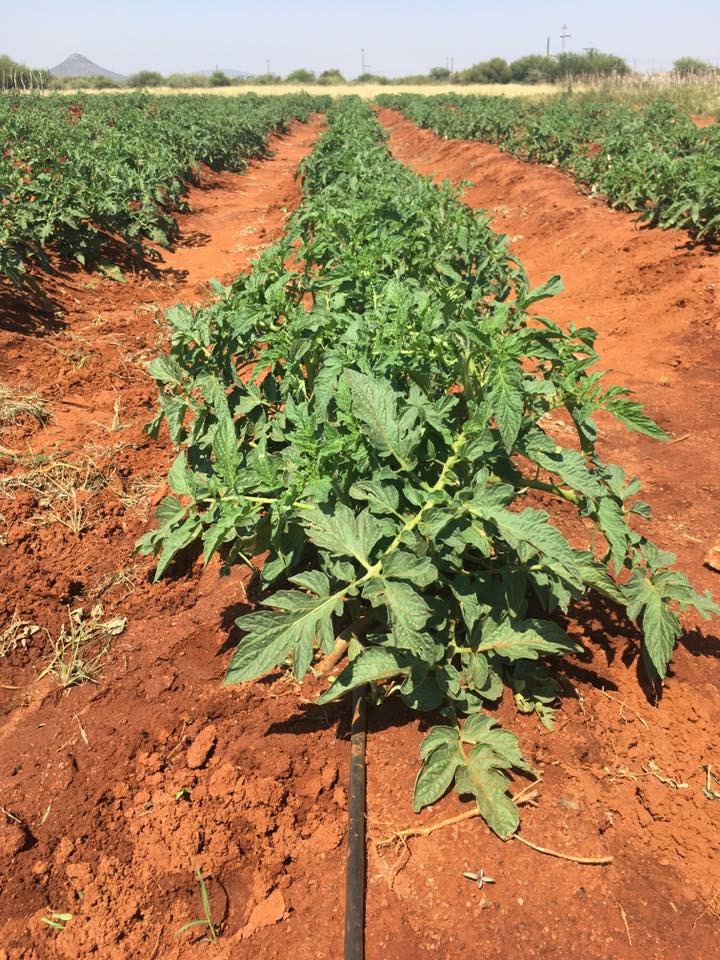
Tower Garden as a Climate Smart Agricultural approach for draught adaptation and resilient communities in areas with severe water scarcity. Part 1
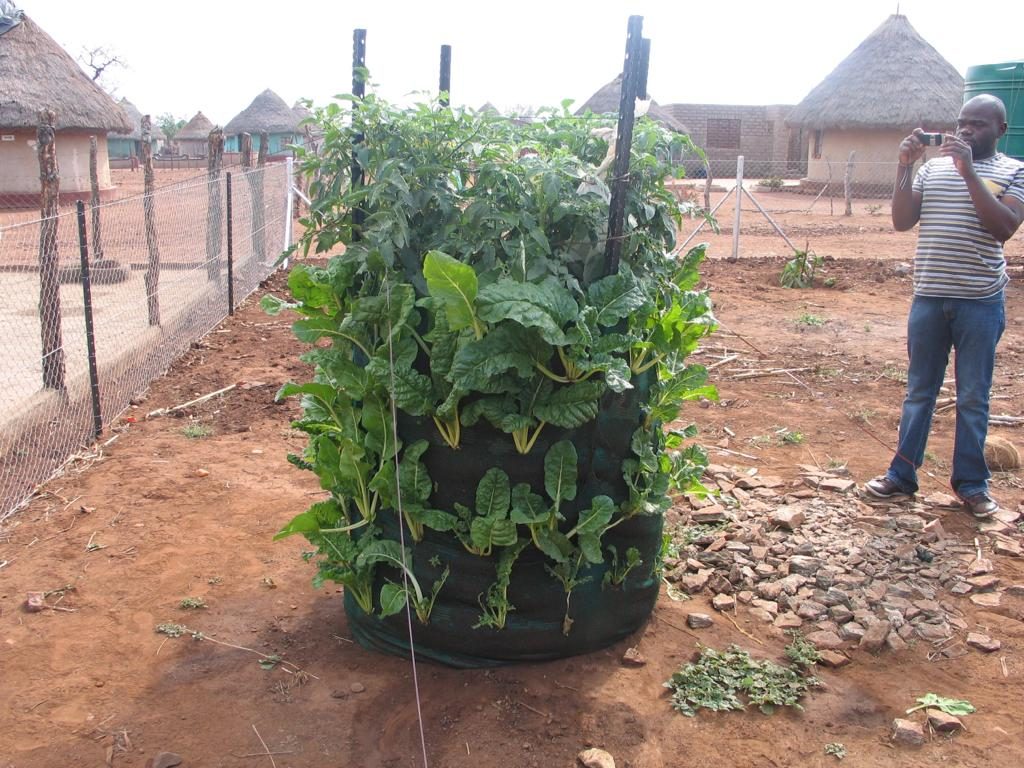
Back in 2009 while I was still working for the Department of Agriculture: Water Use and Irrigation directorate we implemented a Climate Smart Agricultural project as an adaptation strategy to draught caused by climate change. The project was implemented in Muyexe village, Muyexe is a remote village and rural township in the Mopani District, Limpopo Province, South Africa neighbouring Kruger National park.
The national Comprehensive Rural Development Programme (CRDP) identified Muyexe as one of the poorest villages in South Africa, noting that it lacked basic services such as water, electricity, proper roads, or adequate housing. The CRDP promised to help the local farmers farm more productively by providing tractors, irrigation system and other agricultural equipment.
The village was identified as one of the poorest
villages in the country, with no basic services such water, electricity, proper
roads and housing developments. The villagers depend on their livestock to
survive, constantly battling challenges such as wild animals that attack and
eat the cattle and goats. During the visit, villagers complained about having
to buy water from people who control the boreholes.
Due to lack of water resource in the area we implemented a Tower Vegetable garden which is a Climate Smart Agricultural approach which sustainable use grey water( dish wash water, laundry water etc) for irrigation “waste was turned into wealth”, to achieve household food security and mitigate malnutrition . A mixture of Kraal manure ,wood ash, silt ,rocks and soil was used as growth medium. The Kraal manure is for plant nutrition, wood ash is for grey water purification and silt is for drainage.
The project was implemented using a rural participatory approach, farmers and students were involved in the implementation process as strategy to train them to enable them to spread further this innovation.
World Water Week Conference 2019
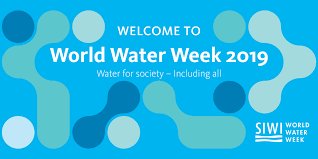
The World Water Week conference commenced this week in Stockholm in Sweden. This annual conference is organized and hosted by SIWI, World Water Week is the leading annual global event for concretely addressing the planet’s water issues such as water insecurities and water quality and related concerns of international development. World Water Week 2019 will take place 25-30 August, under the theme "Water for society - including all".
If it wasn’t for my other commitments I would have been in Sweden this week attending this prestigious and very important conference addressing global water issues. The water topic is more relevant to me as a South African citizen because water is a scarce resource in South Africa and due to climate change this situation is getting worse and worse each year.
Role players , Captains of the water sector and experts from the world’s scientific, business, government and civic communities convened in Stockholm to exchange views, experiences and shape joint solutions to global water challenges. World Water Week 2018 attracted over 3,300 participants and 370 convening organizations from 135 countries all over the world.
Functioning as an open and dynamic platform, the World Water Week enables participants to build capacity, form partnerships and review implementation, thereby advancing the world’s water, environment, health, livelihood and poverty reduction agendas.
If you are interested in attending the next Water Water Week in 2019 visit their website on : https://www.siwi.org/
Working for Wetlands programme an initiative aimed to rehabilitate, protect and conserve wetlands
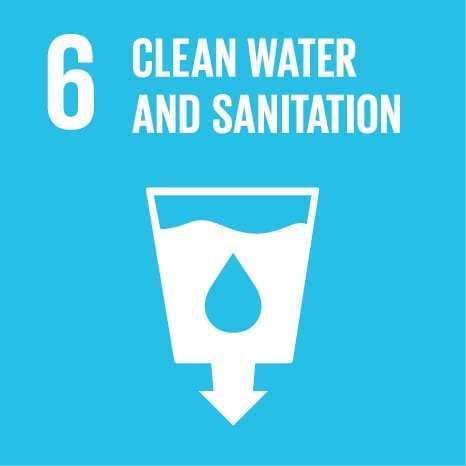
According to the National Biodiversity Assessment for South Africa carried out in 2011, wetlands occupy only 2.4% of the country’s total area, however, 48% of the wetland ecosystem types are critically endangered, 12% are endangered, 5% vulnerable and 35% least threatened (Macfarlane et al., 2014). The South African wetlands are therefore the most highly threatened ecosystems of all in the country (Driver et al., 2012). Working for Wetlands is a joint initiative of the Departments of Environmental Affairs (DEA), Water and Sanitation (DWS) previously known as Water Affairs (DWA) and Agriculture, Forestry and Fisheries (DAFF).
Wetlands are our natural assets and natural infrastructure able to provide a range of products, functions and services, free of charge. These activities severely affected and dramatically altered South Africa’s landscapes over the past few centuries. Studies in several areas have suggested that between 35% and 60% of South Africa’s wetlands have already been lost or severely degraded. IWMI, (2014) indicate that agricultural practices such as upstream irrigation projects and extraction of water from wetlands for agriculture affect the quality and quantity of water flowing in wetlands and can also can decrease the flow of water in a wetland.
South Africa is part of Ramsar Convention which ensures that the legal duty to conserve or rehabilitate wetlands arises from various legal instruments (IWMI, 2014). In terms of the Ramsar Convention on Wetlands states must assign wetlands to be listed on Ramsar convention , South Africa have assigned 12 wetlands (DWA, 2000)
A pivotal response by the government to this state of affairs was the establishment in 2002 of a national wetland rehabilitation programme, known as ‘Working for Wetlands’. The decision to create such a programme came about through the convergence of several driving forces. It drew on objectives in environmental, biodiversity, water and agriculture policies, and capitalised on the growing recognition that wetland degradation is not necessarily permanent, and that it is possible to reinstate at least some ecosystem services through rehabilitation. A foundation was provided for the creation of the programme, in the form of another pioneering government initiative.
Since 1996, the Working for Water programme had been engaged in removing thirsty invasive alien plants that posed a threat to the country’s water security, agricultural productivity and biodiversity. The non-governmental Mondi Wetlands Project recognised that the labour-intensive model pioneered by Working for Water would be equally suited to the activities involved in rehabilitating wetlands, and lobbied government to begin experimenting in this direction.
The most significant factor enabling the emergence of Working for Wetlands was the availability of government funds earmarked for employment creation and poverty reduction, through the Expanded Public Works Programme (EPWP). This government-wide initiative was set up to draw significant numbers of unemployed people into the productive sector of the economy, gaining skills while they work and increasing their capacity to earn income. The ability to turn wetland rehabilitation into a labour-intensive process unlocked a magnitude of financial resources and political support that was previously inconceivable to cash-strapped government departments responsible for biodiversity conservation and natural resource management.
Working for Wetlands conduct its mandate of wetland rehabilitation and wise use in a manner that maximises employment creation, supports small emerging businesses, and transfers skills to its beneficiaries. In line with EPWP norms, the programme targets those groups most excluded from the mainstream economy, with particular emphasis on women, youth and people with disabilities.

Working for Wetlands main objectives are:
- Wetland Protection, Wise Use & Rehabilitation
- Skills and Capacity Development
- Co-operative Governance & Partnerships
- Knowledge Sharing
- Communication, Education & Public Awareness
Department of Enviromental Affairs: Working For Water (WFW) Programme
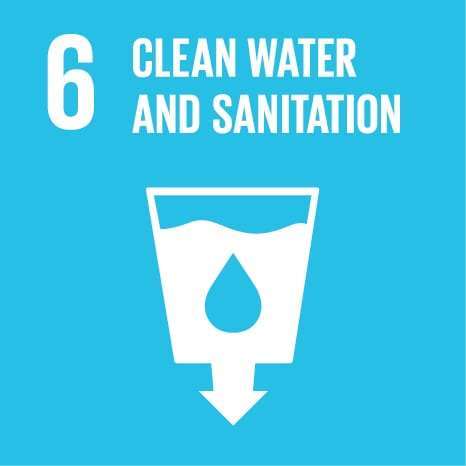
Sustainable Development Goal No6 Target 6.6: By 2020, protect and restore water-related ecosystems, including mountains, forests, wetlands, rivers, aquifers and lakes
Invasive alien species are plants, animals and microbes that are introduced into countries, and then out-compete the indigenous species. Invasive alien species are causing billions of rands of damage to South Africa’s economy every year, and are the single biggest threat to the country’s biological biodiversity.
Invasive alien plants (IAPs) pose a direct threat not only to South Africa’s biological diversity, but also to water security, the ecological functioning of natural systems and the productive use of land. They intensify the impact of fires and floods and increase soil erosion. IAPs can divert enormous amounts of water from more productive uses and invasive aquatic plants, such as the water hyacinth, effect agriculture, fisheries, transport, recreation and water supply.
Of the estimated 9000 plants introduced to this country, 198 are currently classified as being invasive. It is estimated that these plants cover about 10% of the country and the problem is growing at an exponential rate. The fight against invasive alien plants is spearheaded by the Working for Water (WfW) programme, launched in 1995 and administered previously through the Department of Water Affairs and Forestry and now the Department of Environmental Affairs. This programme works in partnership with local communities, to whom it provides jobs, and also with Government departments including the Departments of Environmental Affairs and Tourism, Agriculture, and Trade and Industry, provincial departments of agriculture, conservation and environment, research foundations and private companies.
Since its inception in 1995, the programme has cleared more than one million hectares of invasive alien plants providing jobs and training to approximately 20 000 people from among the most marginalized sectors of society per annum, 52% are women.
Working for Water programme currently runs over 300 projects in all nine of South Africa’s provinces. Scientists and field workers use a range of methods to control invasive alien plants. These include:
- Mechanical methods - felling, removing or burning invading alien plants.
- Chemical methods - using environmentally safe herbicides.
- Biological control - using species-specific insects and diseases from the alien plant’s country of origin. To date 76 bio-control agents have been released in South Africa against 40 weed species.
- Integrated control - combinations of the above three approaches. Often an integrated approach is required in order to prevent enormous impacts.
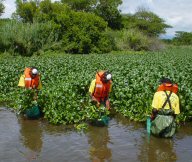
The programme is globally recognised as one of the most outstanding environmental conservation initiatives on the continent. It enjoys sustained political support for its job creation efforts and the fight against poverty.
WfW considers the development of people as an essential element of environmental conservation. Short-term contracts jobs created through the clearing activities are undertaken, with the emphasis on endeavouring to recruit women (the target is 60%), youth (20%) and disabled (5%). Creating an enabling environment for skills training, it is investing in the development of communities wherever it works.

Cape Town dams full this winter
Dam levels in the Western Cape have seen a major boost following good rainfall in the past seven days. The biggest dam in the province, The waterskloof, has seen its level increase from by 8.6% from last week, to reach 61.7%. Two of the Cape’s main dams: Berg river and Steenbras are over the 100% mark, and the province’s overall water storage has pushed past the 70% mark for the first time in years.
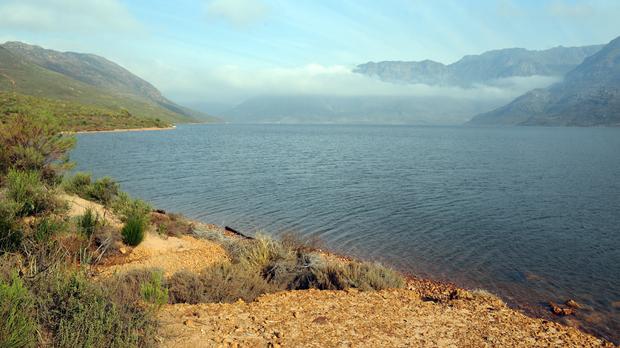
The major dam on the West Coast Clanwilliam Dam has seen levels rise by 24.3% to 71.6% in the past week. From dams to canals, rivers and waterfalls the Mother City’s cup is full and overflowing.
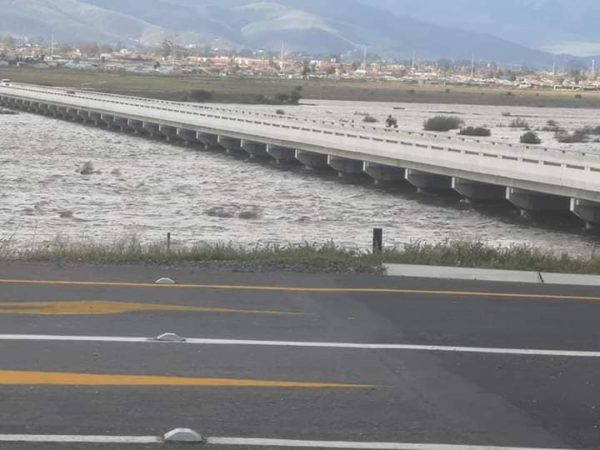
The Minister of Local Government, Environmental Affairs and Development Planning, Anton Bredell, says the latest average level for dams across the province is 56.6% (2018: 50.5%). The City of Cape Town’s dams have shot up to 72% full (2018: 56.4%).
“Four of the five major catchment areas now see dam levels in excess of 50% full. The ongoing problem area is the Gouritz River Catchment area which feeds a big part of the interior Karoo region. We remain concerned regarding the ongoing drought challenge particularly to the agriculture sector in this region.”
The Western Cape Disaster Management Centre has been alerted by the South African Weather Service that further adverse weather conditions are to be expected this week.
More rain with strong wind, rough seas and very cold weather is still expected in cape town this winter.
Research Project Abstract
Agriculture in Sub-Saharan Africa is largely dependent on local hydrology and as such climate change impacts leading to reduced waterflow through river catchments pose significant threats to food production and food security. There is an urgent need to assess the current impacts of climate change on river catchments in South Africa which are believed to have reduced significantly in recent years. In this project, the current climate change impacts on streamflow elasticity of two river catchments will be assessed. Further, the likely impacts of two future climate models (RCP4.5 and RCP8.5) will be determined to predict future reductions in these catchments. The project will allow the areas most at risk of reduced water availability to be predicted and mitigation actions to be developed.
Introduction to my MScCCAFS Project
My research project tittle is “Analysis of climate change impacts on streamflow in South African river catchments” conducted in collaboration with THE SOUTH AFRICAN WEATHER SERVICE (SAWS), based in Pretoria, South Africa in linkage with ongoing SAWS research supported by the Water Research Commission (WRC) of South Africa.
This project is close to my heart and relevant to my farming experiences due to the following reasons: I started herding my father’s cattle at an early age during this period I observed that the Dzindi and Dzondo rivers had a high flow in a way it wasn’t difficult to cross. One could only cross on bridges and man made bridges. Fast forward 2019 these two rivers are dry even my seven years old daughter can easily cross with ease. We also used to pump irrigation water from Dzindi river without building a weir to lodge water but recently to make it possible to pump irrigation water one will need to build a weir first. These is caused by a tremendous decline in rainfall and high evapotranspiration caused by excessive heat.
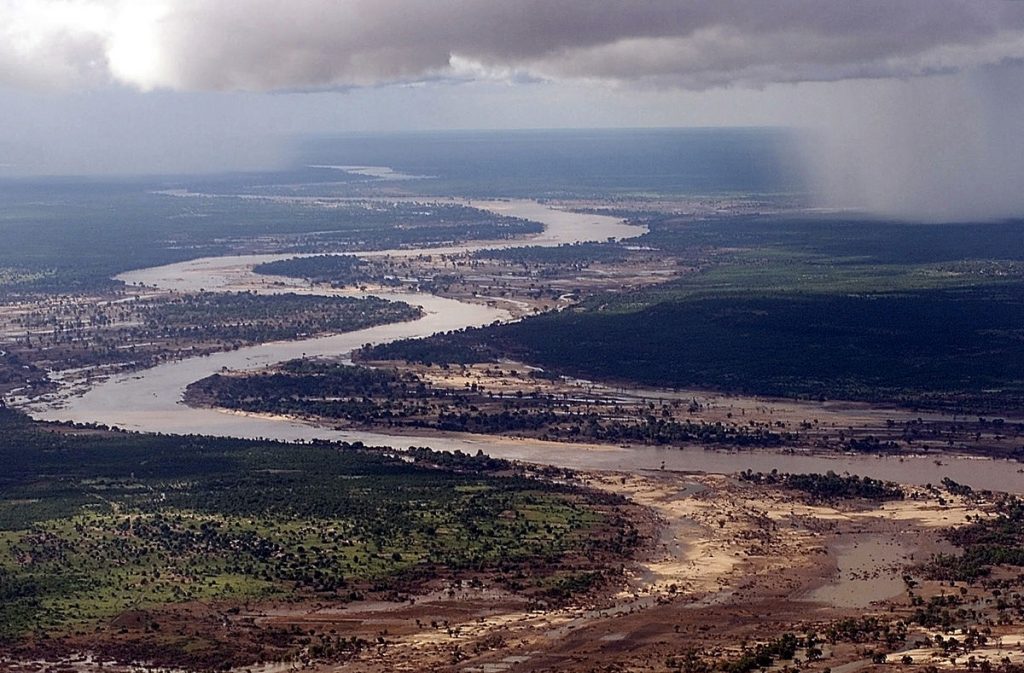
The research internship commenced on the 23rd of April 2019 ending on the 26 April 2019 and I was working with the SAWS Research Application Team.
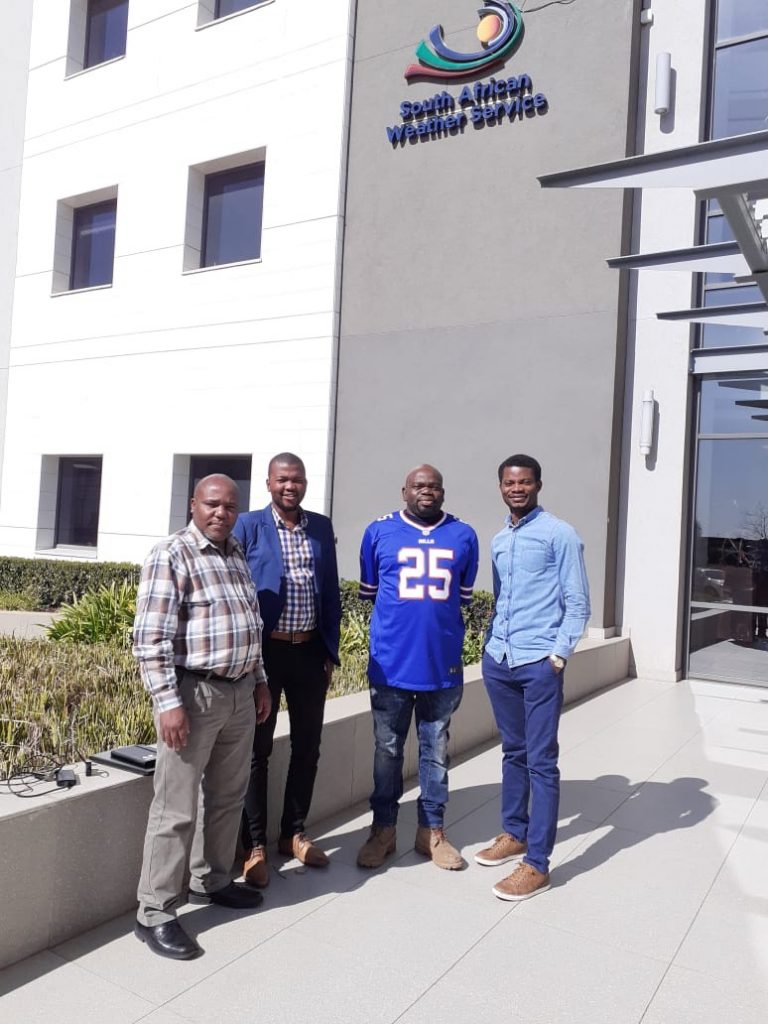
Myself and SAWS Research Application Team
The river catchments identified for these project were Limpopo river catchments, Olifants river catchments, upper and middle Vaal, Thugela river, Usutu to Mhlatuze river and Inkomati river catchment which are situated in the inland regions of South Africa which are the regions highly impacted by climate change.
